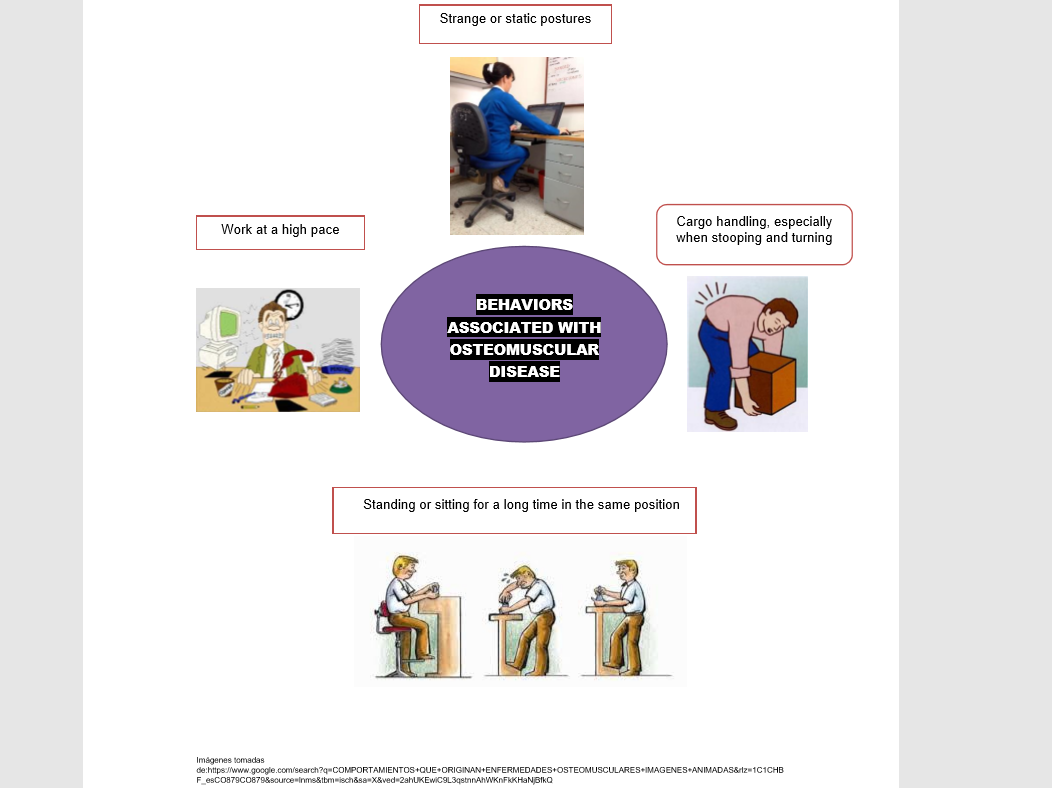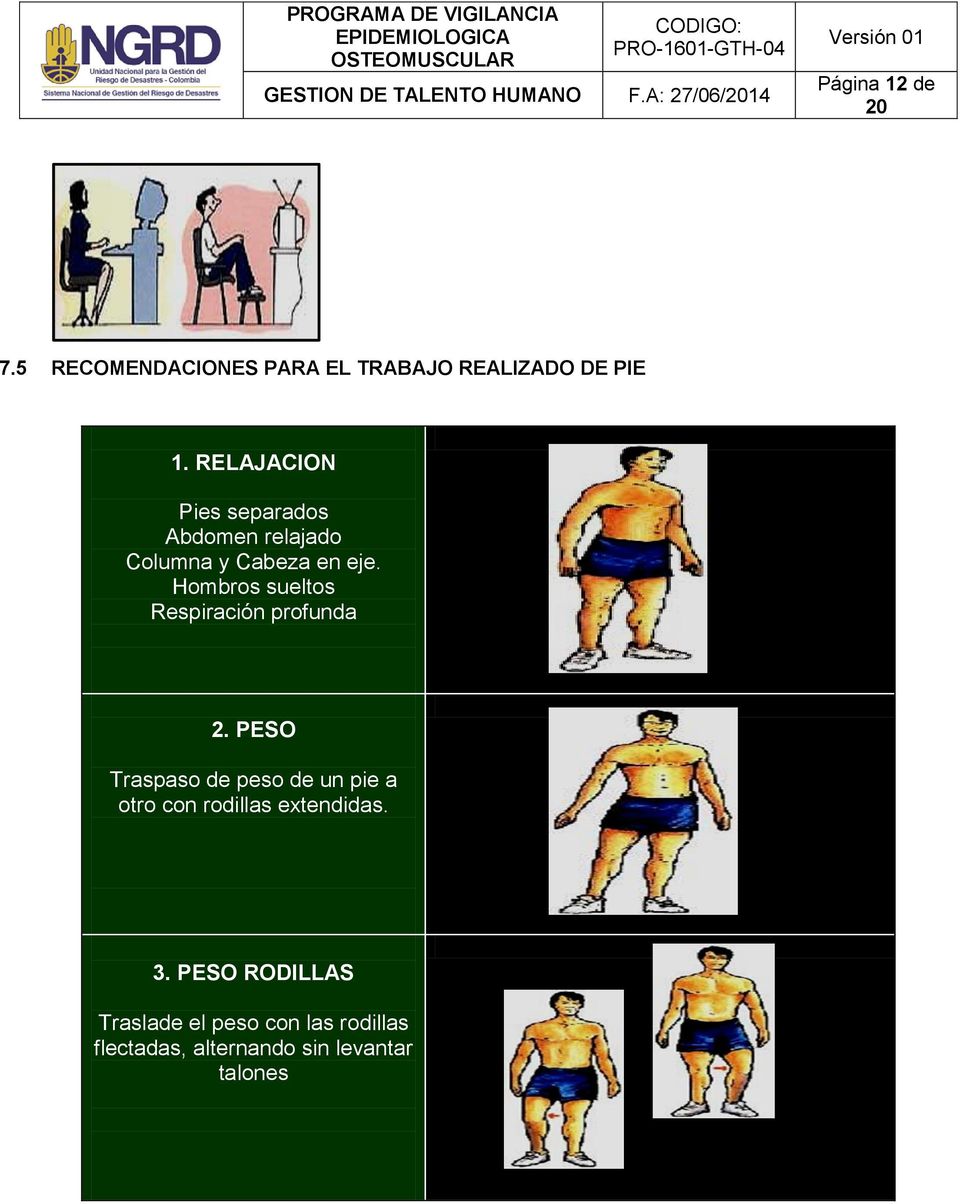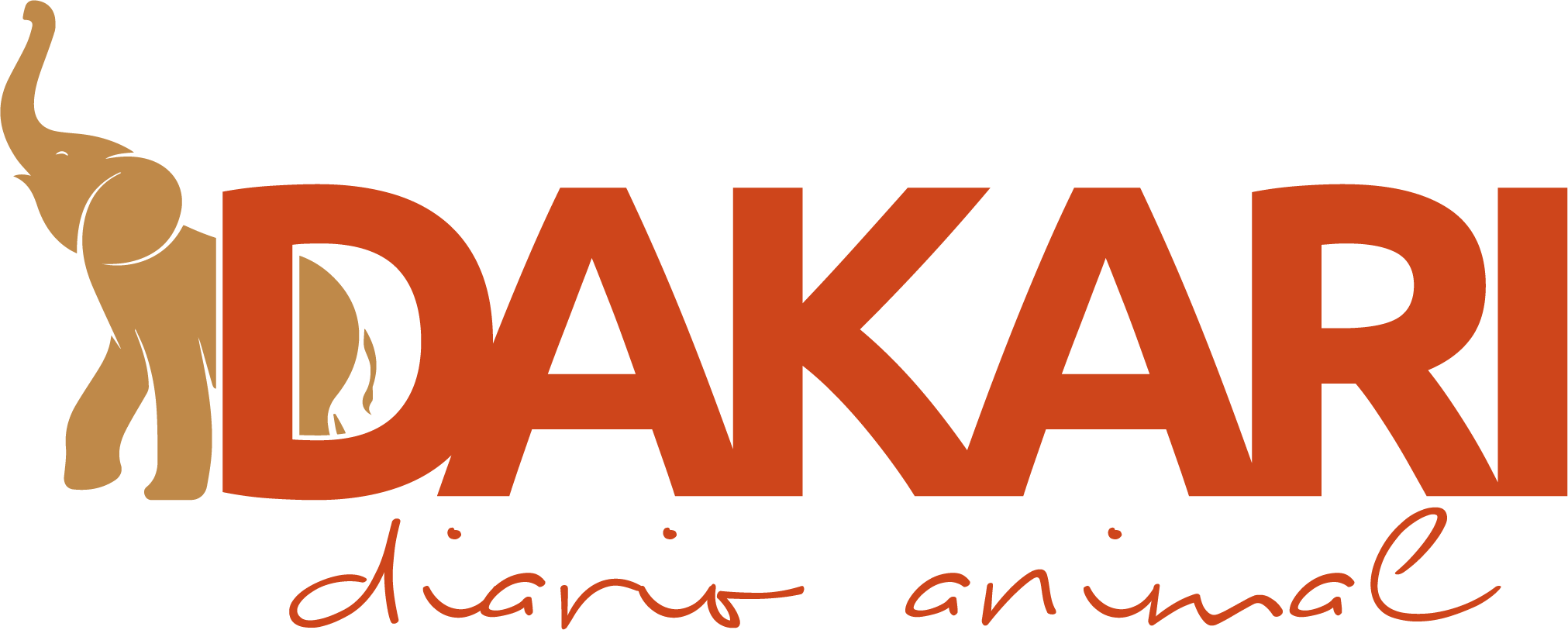Musculoskeletal disorders (MSD) are one of the most common work-related diseases that affect millions of workers across Europe and cost entrepreneurs billions of euros. Tackling TMEs helps improve workers' lives although it also makes sense from a business point of view.
This series of short informative case studies looks at a range of policy level initiatives across Europe and beyond aiming to prevent and manage work-related MSDs. The studies focus on achievements, factors contributing to their success and challenges encountered, and transferability to other sectors and countries. The topics are varied and interesting ? from an initiative to promote healthy working in the Horeca (hotels, restaurants and cafes) sector in Austria to a project aiming to improve women?s working environment in Sweden.
Especiales RISK FACTOR RISK FACTOR'S the above are determined as risk factors and physical causes, accompanied by psychosocial risk factors, such as High level of work requirement Low autonomy and low job satisfaction Agencia Europea para la seguridad y salud en el trabajo recuperado.https://osha.europa.eu/es/themes/musculoskeletal-disorders
Colombia also works to counteract the problem
In Colombia, the National Disaster Risk Management unit has an osteomuscular epidemiological surveillance program, this is one of the state entities that has a complete manual for the prevention, detection and control of this problem.
the importance of good nutrition for disease prevention
Latin American companies see greater cost risks for diseases related to the metabolism and diet of their employees
In the article published on October 16, 2017 on the page Quironprevencion the data disclosed by International Labor Organization (ILO) unveiled the data of a truly revealing international study: inadequate nutrition results in companies around the world at 20% productivity losses. In the poorest countries, diseases due to general or specific malnutrition (eg iron) carry very high economic costs. Serve as a mere example that iron deficiency is associated with states of weakness, fatigue and lack of coordination, and causes significant productivity losses. And often, in these countries a model is adopted in which workers, employers and governments are trapped in a vicious circle of poor food and health, low productivity and poverty. On the other hand, and not least, in the richest countries, obesity, vascular diseases, cancer and diabetes, and the risk factors that lead to them, are largely a consequence of unbalanced diets, in that undoubtedly impact our habits and practices at work.
The director of the professional risk chamber of FASECOLDA Edgar Velandia, indicated to the magazine GERENTE PYME that occupational diseases that more affect workers are the musculoskeletal (more 80%), especially Carpal Tunnel Syndrome and spine level disorders lumbar, shoulders and knees

For more information follow these links
https://osha.europa.eu/es/publications/policy-initiatives-preventing-and-managing-musculoskeletal-disorders-workplace/view http://portal.gestiondelriesgo.gov.co/Documents/Lineamientos_Int/PRO-1601-GTH-04_PROGRAMA_DE_VIGILANCIA_EPIDEMIOLOGICA_OSTEOMUSCULAR.pdf magenes osteomuscular animadas imagene productos para tratar las enfermedades osteomuscular














